
Glucosinolate biosynthesis
- Introduction
- Pathway
Glucosinolates are biologically active secondary metabolites found in Brassicaceae (mustard family) and related families.These compounds are genetically variable within plant species and used as natural pesticides, such as against insect herbivores. All glucosinolates share a common structure consisting of a beta-thioglucose moiety, a sulfonated oxime moiety, and a variable aglycone side chain derived from an alpha-amino acid. Genes encoding glucosinolate biosynthetic enzymes have been identified in Arabidopsis thaliana by genetic polymorphisms and loss-of-function mutations. This map shows examples of side chain elongation in methionine-derived glucosinolates and the core pathway for biosynthesis of glucosinolates from amino acids.

Betalain biosynthesis
- Introduction
- Pathway
Betalains are water-soluble nitrogen-containing pigments that are present in plants belonging to the order Caryophyllales (such as cactus and amaranth families) and in higher fungi. They contain betalamic acid as the chromophore and are classified into two types: betacyanins and betaxanthins. Betacyanins contain a cyclo-DOPA residue and exhibit red/violet coloration, while betaxanthins contain different amino acids or amino side chains and exhibit a yellow/orange coloration. The condensation of betalamic acid with amino acids (including cyclo-DOPA or amines) in plants is a spontaneous reaction, not an enzyme-catalyzed reaction.

Caffeine metabolism
- Introduction
- Pathway
Caffeine is a bitter, white crystallinepurine, a methylxanthine alkaloid, and is chemically related to the adenine andguanine bases of deoxyribonucleic acid (DNA) and ribonucleic acid (RNA). It is found in the seeds, nuts, or leaves of a number of plants native to South America and East Asia and helps to protect them against predator insects and to prevent germination of nearby seeds. The most well known source of caffeine is the coffee bean, a misnomer for the seed of Coffea plants. Beveragescontaining caffeine are ingested to relieve or prevent drowsiness and to improve performance. To make these drinks, caffeine is extracted by steeping the plant product in water, a process called infusion.

Acridone alkaloid biosynthesis
- Introduction
- Pathway
Acridone alkaloids are anthranillic acid-derived plant alkaloids found in Rutaceae (rue family). Compounds in this class have been tested for antitumor and antimicrobial activities.

Tropane, piperidine and pyridine alkaloid biosynthesis
- Introduction
- Pathway
Alkaloids are a group of naturally occurring chemical compounds that mostly contain basic nitrogen atoms. This group also includes some related compounds with neutral and even weakly acidic properties. Some synthetic compounds of similar structure are also termed alkaloids. In addition to carbon, hydrogen andnitrogen, alkaloids may also contain oxygen, sulfur and, more rarely, other elements such as chlorine,bromine, and phosphorus.
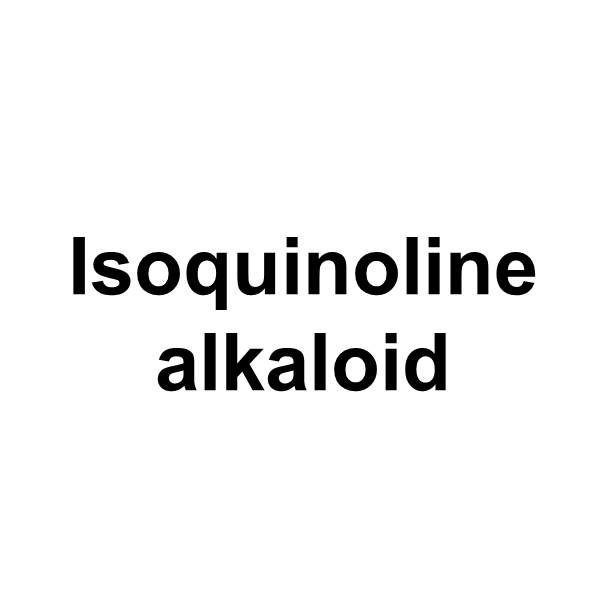
Isoquinoline alkaloid biosynthesis
- Introduction
- Pathway
Isoquinoline alkaloids are tyrosine-derived plant alkaloids with an isoquinoline skeleton. Among them benzylisoquinoline alkaloids form an important group with potent pharmacological activity, including analgesic compounds of morphine and codeine, and anti-infective agents of berberine, palmatine, and magnoflorine. Biosynthesis of isoquinoline alkaloids proceeds via decarboxylation of tyrosine or DOPA to yield dopamine, which together with 4-hydroxyphenylacetaldehyde, an aldehyde derived from tyrosine, is converted to reticuline, an important precursor of various benzylisoquinoline alkaloids.
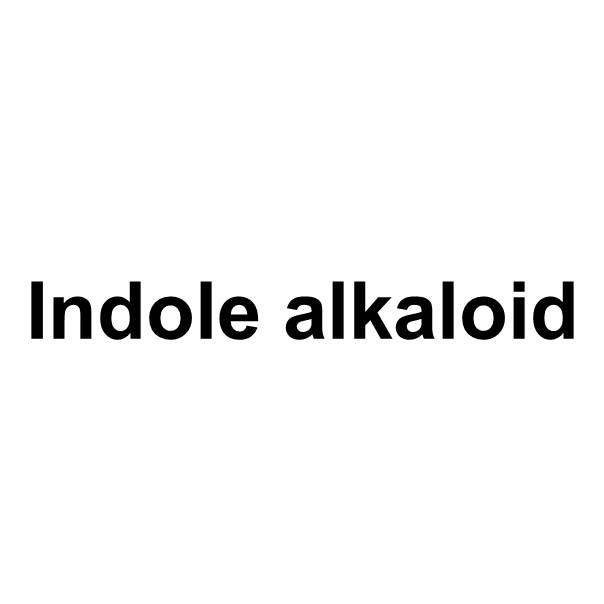
Indole alkaloid
- Introduction
- Pathway
Indole alkaloids are a class of alkaloids containing a structural moiety of indole; many indole alkaloids also include isoprene groups and are thus called terpene indole or secologanin tryptamine alkaloids. Containing more than 4100 known different compounds, it is one of the largest classes of alkaloids. Many of them possess significant physiological activity and some of them are used in medicine. The amino acid tryptophan is the biochemical precursor of indole alkaloids.
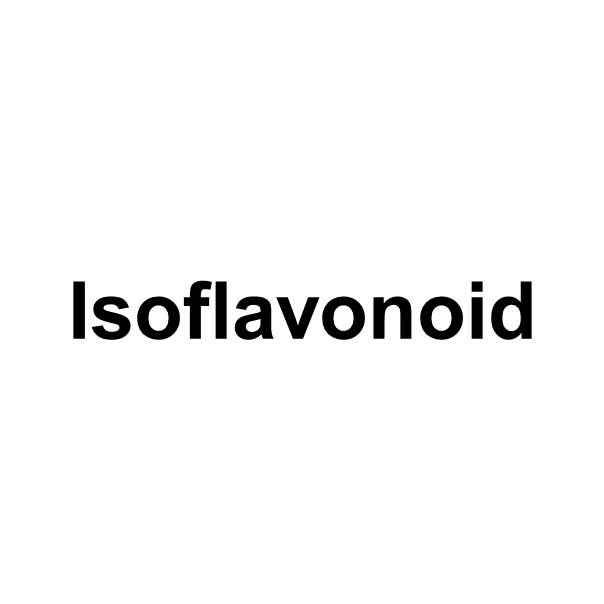
Isoflavonoid biosynthesis
- Introduction
- Pathway
Isoflavonoids are biologically active compounds, such as phytoestrogens, produced by pea family plants. While flavonoids (in the narrow sense) have the 2-phenylchromen-4-one backbone, isoflavonoids have the 3-phenylchromen-4-one backbone with no hydroxyl group substitution at position 2. Isoflavonoids are derived from the flavonoid biosynthesis pathway via liquiritigenin or naringenin.
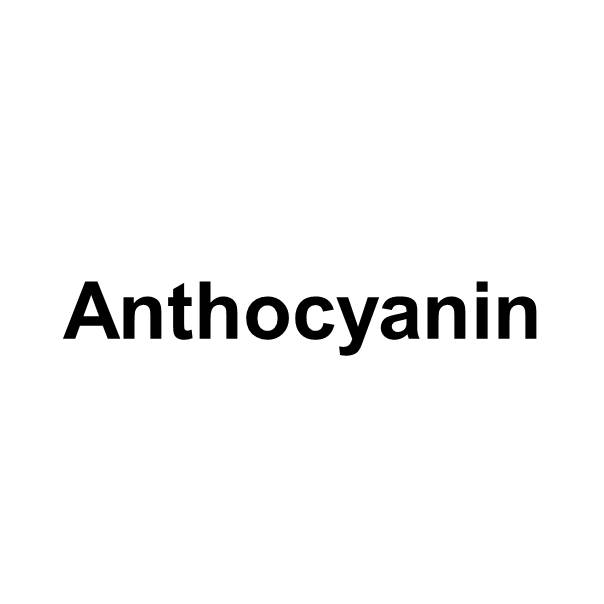
Anthocyanin biosynthesis
- Introduction
- Pathway
Anthocyanidins (aglycones) and anthocyanins (glycosides) are common plant pigments and belong to a structural subclass of flavonoids characterized by a 2-phenylbenzopyrylium unit. They are derived along the flavonoid modification pathways and further separated into three types, pelargonidin, cyanidin, and delphinidin, due to the different number of hydroxyl groups in the phenyl group.
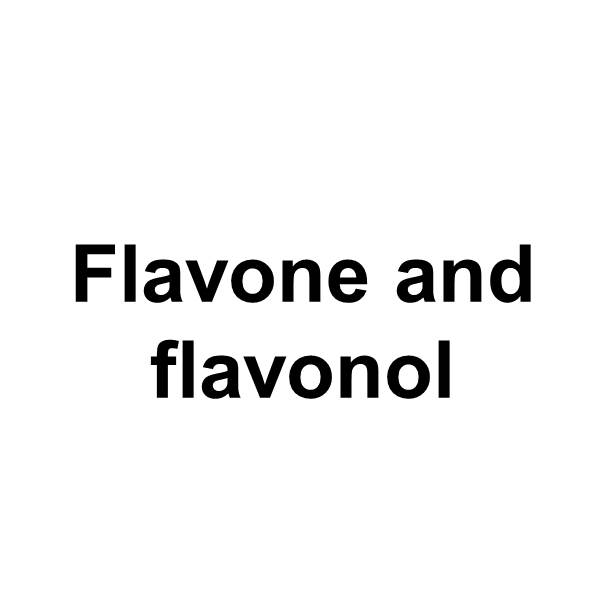
Flavone and flavonol biosynthesis
- Introduction
- Pathway
Flavones and flavonols (3-hydroxyflavones) are common flavonoids in the plant kingdom. They are synthesized as part of the flavonoid modification pathways in aglycone and glucoside forms.